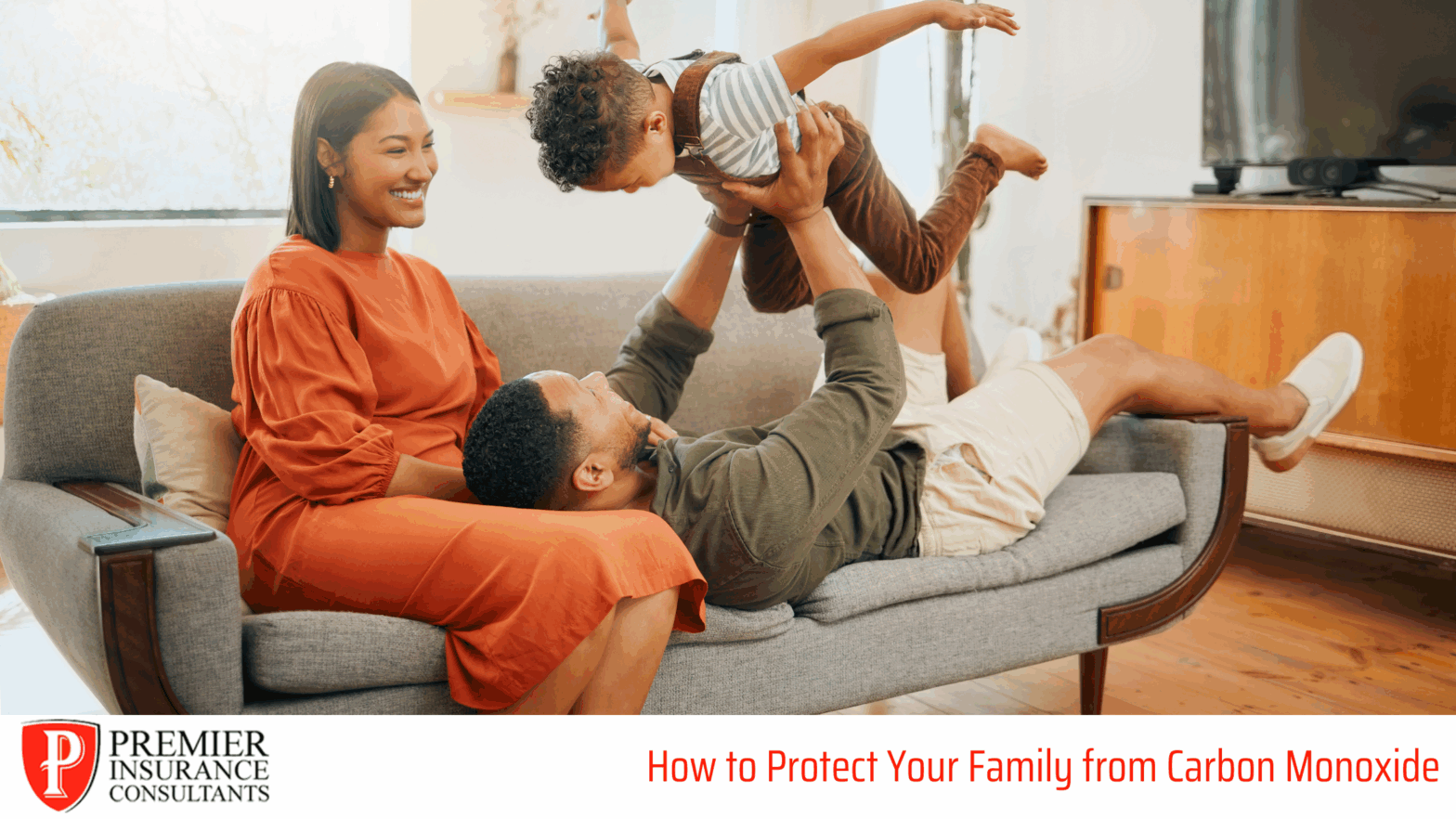Carbon monoxide (CO), often called the “silent killer,” is a dangerous gas that can pose a serious threat to your family. It’s odorless, colorless, and tasteless, which makes it nearly impossible to detect without the right precautions. With the proper steps, you can protect your family from carbon monoxide and ensure peace of mind.
What is Carbon Monoxide, and Why is It Dangerous?
Carbon monoxide is produced by burning fuel in appliances such as gas stoves, fireplaces, furnaces, and grills. When these appliances aren’t ventilated properly, CO builds up indoors. High levels of CO exposure can lead to symptoms like headaches, dizziness, confusion, and in severe cases, death.
Because carbon monoxide doesn’t give off any warning signs like odor or smoke, it’s critical to take proactive measures to protect your loved ones.
6 Steps to Protect Your Family from Carbon Monoxide
1. Install Carbon Monoxide Detectors
The most effective way to prevent CO poisoning is by installing carbon monoxide detectors. Place them outside sleeping areas, on each floor of your home, and near fuel-burning appliances. Choose models certified by safety standards, such as those from UL (Underwriters Laboratories).
Test the batteries monthly and replace them every 6-12 months to ensure they’re working properly. Many detectors come with alarms that alert you when they need to be replaced, so keep an eye on their life expectancy.
2. Service Appliances Regularly
Have your heating systems, water heater, and other fuel-burning appliances inspected annually by a licensed professional. This ensures they are functioning correctly and that vents or filters don’t pose a risk.
If you have a fireplace or chimney, make sure they’re cleaned regularly to prevent blockages that could cause carbon monoxide to leak into your home.
3. Ensure Proper Ventilation
Good ventilation is key to avoiding carbon monoxide buildup. Don’t block vents or ducts, and ensure spaces like garages where you may run engines have proper airflow. Avoid running vehicles, lawnmowers, or generators in enclosed spaces, even with the garage door open.
4. Never Use Grills or Generators Indoors
Charcoal grills, propane heaters, and portable generators should never be used indoors or in enclosed areas like garages, as they emit carbon monoxide. Generators should always be at least 20 feet away from your home with the exhaust directed away from windows or doors.
5. Be Alert to Symptoms of CO Poisoning
Familiarize yourself with the warning signs of carbon monoxide exposure. If anyone in your household experiences dizziness, fatigue, shortness of breath, nausea, or confusion, evacuate your home immediately and call 911 or your local emergency services.
6. Have a Plan and Stay Covered
Even the most prepared families can face unexpected situations. Make sure your family has a safety plan for emergencies involving carbon monoxide. Additionally, review your insurance policies to ensure you have the coverage you need to protect your home in case of CO damage or any other unforeseen events.
If you’re unsure whether your current coverage includes protection for damages caused by carbon monoxide or other home-related disasters, contacting your local insurance agent is a smart step. They’ll help you understand your policies and make any necessary adjustments to keep your family secure.
Stay Protected and Be Prepared
Carbon monoxide isn’t something you can predict—but it is something you can prevent. By installing detectors, properly maintaining appliances, and taking precautions, you’ll significantly reduce the risks to your family.
However, for the moments you can’t anticipate, having the right protection can make all the difference. Talk to your local Greenville insurance agent about your current policy and how it can help in unexpected scenarios.
Your family’s safety matters most. Ensuring your home is prepared for carbon monoxide not only gives you peace of mind but also helps you protect what truly matters. Stay informed, stay vigilant, and most importantly, stay safe.
Disclaimer: Please note that this article is not expert advice. Limitations and conditions may apply. Please check with your local Independent Insurance Agent for details.




